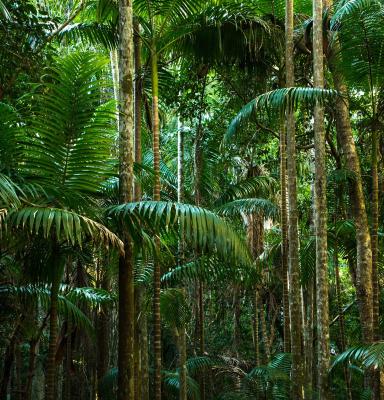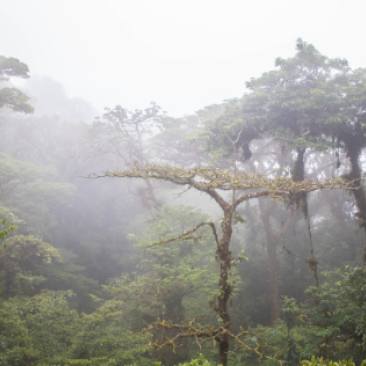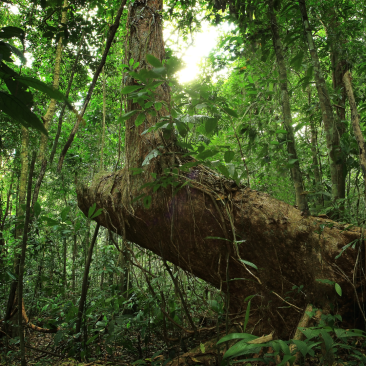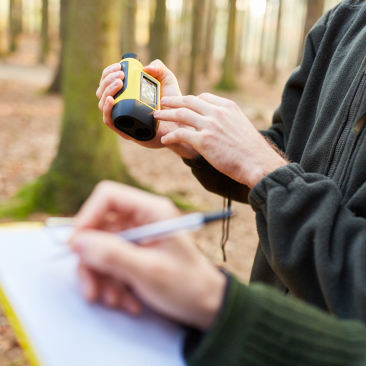
-

More than 90% of the world's forests has regenerated naturally
93% (3.75 billion ha) of the forest area worldwide is composed of naturally regenerating forests and 7% (290 million ha) is planted. The area of naturally regenerating forest has decreased since 1990 (at a declining rate of loss), but the area of planted forest has increased by 123 million ha. The rate of increase in the area of planted forest has slowed in the last ten years.
-

Plantations account for about 3% of the world's forests
Plantation forests cover about 131 million ha, which is 3% of the global forest area and 45% of the total area of planted forests. The highest share of plantation forest is in South America, where this forest type represents 99% of the total planted forest area and 2% of the total forest area. The lowest share of plantation forest is in Europe, where it represents 6% of the planted forest estate and 0.4% of the total forest area.
-

More than 700 million ha of forest is in legally established protected areas
There is an estimated 726 million ha of forest in protected areas worldwide. Of the six world regions, South America has the highest share of forests in protected areas, at 31%. The area of forest in protected areas globally has increased by 191 million ha since 1990, but the rate of annual increase slowed in 2010–2020.
-

Primary forests cover about 1 billion ha
The world still has at least 1.11 billion ha of primary forest – that is, forests composed of native species in which there are no clearly visible indications of human activity and the ecological processes have not been significantly disturbed. Combined, three countries – Brazil, Canada and the Russian Federation – host more than half (61%) of the world’s primary forest. The area of primary forest has decreased by 81 million ha since 1990, but the rate of loss more than halved in 2010–2020 compared with the previous decade.
-

More than 2 billion ha of forests has management plans
Most of the forests in Europe have management plans; on the other hand, management plans exist for less than 25% of forests in Africa and less than 20% in South America. The area of forest under management plans is increasing in all regions – globally, it has grown by 233 million ha since 2000, reaching 2.05 billion ha in 2020.
-

The world's forests are mostly publicly owned, but the share of privately owned forests has increased since 1990
73% of the world’s forests is under public ownership, 22% is privately owned, and the ownership of the remainder is categorised as either “unknown” or “other” (the latter mainly comprising forests where ownership is disputed or in transition). Public ownership is predominant in all regions and most subregions. Of the regions, Oceania, North and Central America and South America have the highest proportions of private forests. Globally, the share of publicly owned forests has decreased since 1990 and the area of forest under private ownership has increased.
-

About 30% of all forests is used primarily for production
Globally, about 1.15 billion ha of forest is managed primarily for the production of wood and non-wood forest products. In addition, 749 million ha is designated for multiple use, which often includes production. Worldwide, the area of forest designated primarily for production has been relatively stable since 1990, but the area of multiple-use forest has decreased by about 71 million ha.
Do you want to learn more about world's forests? All of the data above has been taken from the public document Global Forest Resources Assessment 2020 (Food and Agriculture Organisation) which is available on the link below.
